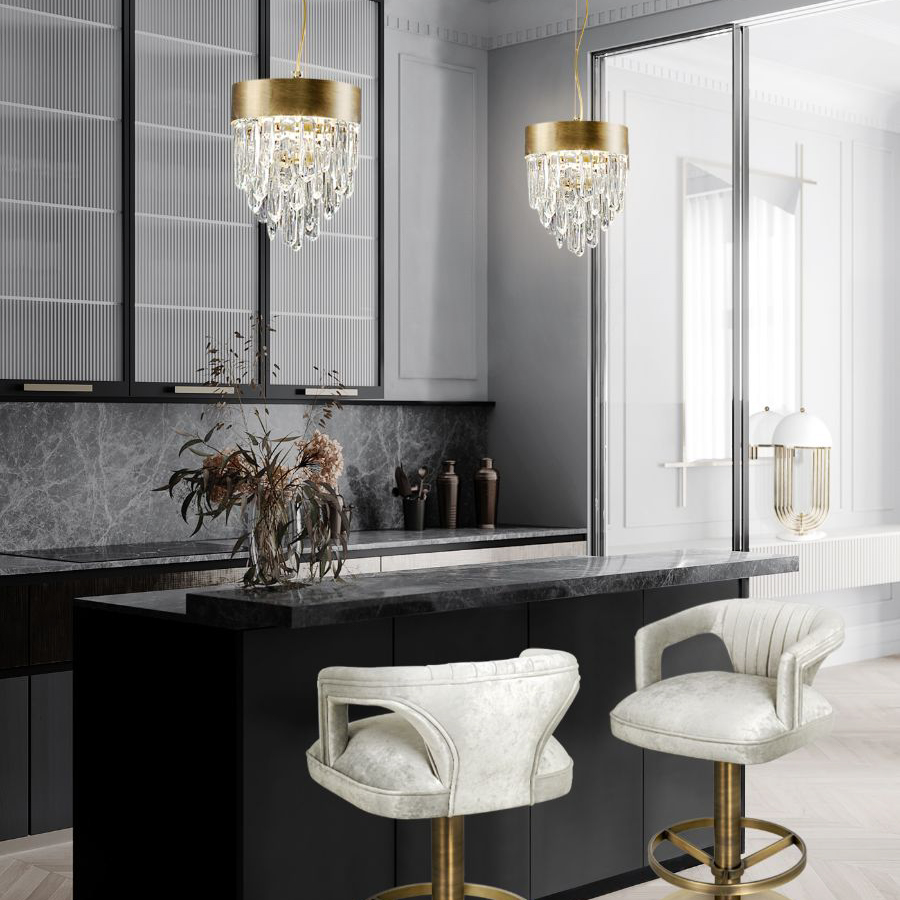Indoor plants not only enhance the beauty of your home but also improve air quality by reducing pollutants. However, not everyone has enough floor space or window sill space to accommodate potted plants. That’s where hanging plants from the ceiling comes in handy. Not only do they make use of vertical space, but they also add a unique style element to the room. In this article, we will discuss the benefits of using hanging plants, the types of plants that work best, and how to hang them.
Benefits of Hanging Plants
Hanging plants are a great way to add a touch of greenery to your home without taking up valuable floor space. They also provide the following benefits:
Cleaner Air
Plants naturally remove pollutants from the air, improving air quality. Hanging plants can help purify the air in any room.
Natural Humidifiers
Plants release moisture into the air, making indoor air less dry. Especially in the winter months, this can be a welcome relief from dry, cracked skin and lips.
Reduced Noise
Plants can also help absorb sound, making them perfect for rooms that echo or are noisy, such as large open spaces.
Emotional Benefits
Plants have been shown to reduce stress and anxiety, boost mood, and improve overall mental health.
Types of Hanging Plants
Not all plants are suitable for hanging from the ceiling. Here are a few types of plants that work best in this setting:
String of Pearls
This succulent plant grows long strands of small, bead-like leaves that cascade down in a waterfall effect, making it perfect for hanging baskets.
Spider Plant
Spider plants are easy to care for and can tolerate a variety of light conditions. They also produce offsets, or “spiderettes,” which can be removed and propagated into new plants.
Pothos
Pothos is a low-maintenance, vining plant that comes in many different varieties. It can grow quite long, making it perfect for hanging baskets.
Ferns
Ferns are a classic choice for hanging plants. They prefer low to medium light levels and high humidity.
How to Hang Plants from the Ceiling
Step 1: Choose the Best Spot
Choose a spot that gets enough light for your particular plant, but also has enough space to allow the plant to hang freely without touching any other objects.
Step 2: Choose the Right Hanger
Choose a hanger that can support the weight of your plant. A macrame hanger or a wire plant hanger works well. Always follow the manufacturer’s instructions for installation.
Step 3: Choose the Right Pot
Choose a pot that fits the size of your plant and has drainage holes. Consider using a plastic or metal insert to catch excess water.
Step 4: Plant your Plant
Make sure your plant is potted securely and has enough soil to support its roots. Water it thoroughly before hanging.
Step 5: Hang your Plant
Hang your plant from the hanger and adjust the height as needed.
Step 6: Care for your Plant
Water your plant on a regular basis, taking care not to overwater. Check the soil moisture level regularly, and fertilize as needed.
Hanging plants from the ceiling can be a practical and elegant way to add greenery to your home. They provide numerous benefits, add style, and can be easy to care for. By choosing the right plant, hanger, and pot, and following some simple steps, you can create a beautiful and healthy indoor garden.




